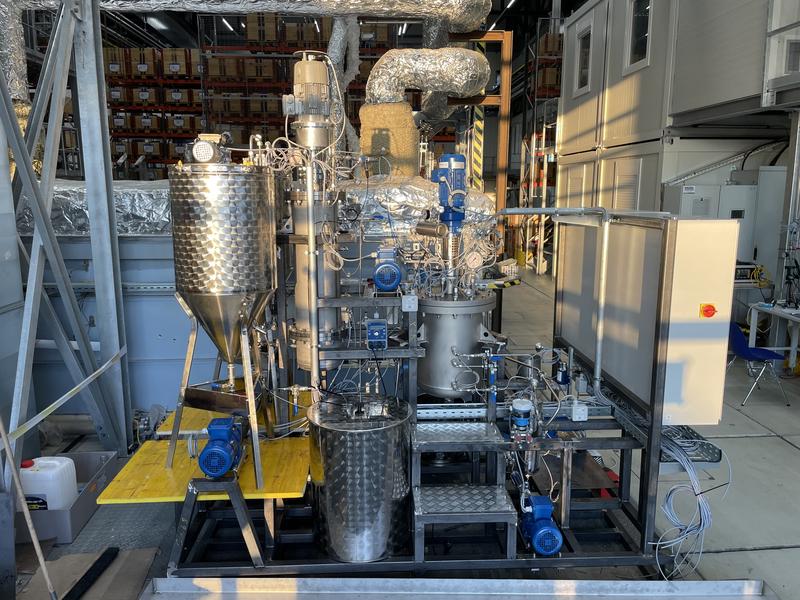The discovery of intense auroras and dynamic weather phenomena on the rogue planet SIMP-0136, as revealed by the James Webb Telescope, challenges existing paradigms in planetary science. Unlike typical exoplanets that orbit stars, SIMP-0136 exists in isolation, raising critical questions about the mechanisms driving its atmospheric behavior. The presence of fierce auroras and persistent sand-like clouds suggests that even without stellar energy, complex atmospheric processes can occur, prompting a reevaluation of how we understand planetary atmospheres in diverse environments. This finding not only expands our knowledge of rogue planets but also highlights the potential for varied weather systems beyond our solar system.
The implications of these observations are profound: they suggest that rogue planets may possess atmospheres capable of sustaining dynamic weather patterns, akin to those found on more familiar celestial bodies. The fierce auroras observed indicate that magnetic fields and other internal processes could play a significant role in shaping these atmospheres. As researchers delve deeper into the atmospheric dynamics of SIMP-0136, they may uncover new insights into the formation and evolution of planetary systems, ultimately enhancing our understanding of the universe's diversity and the potential for life in unexpected environments.








